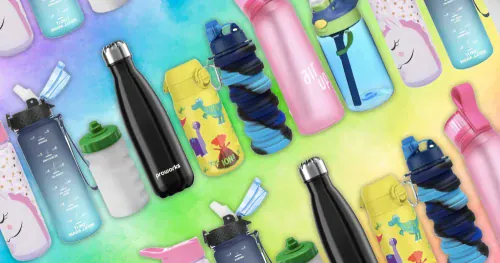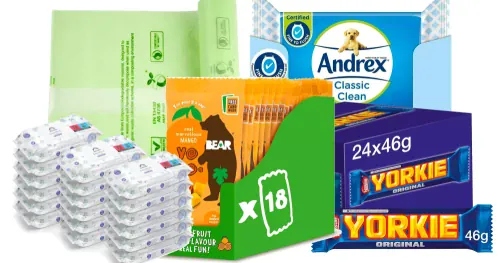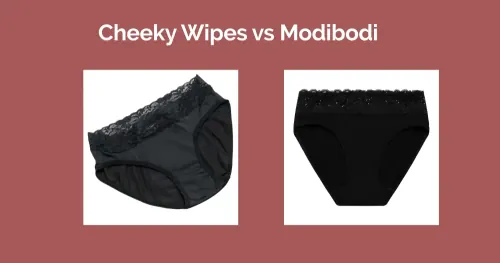What is the difference between a pad and a tampon?
Written 26th January 2024 | Subscribe to my newsletter
What is a pad?
A pad, also known as a sanitary pad or menstrual pad, is an absorbent material worn by females to absorb the blood during their period.
It is designed to be worn inside the underwear, providing a barrier between the body and clothing to prevent leaks.
They are typically made with layers of absorbent material and have an adhesive backing to secure them in place.
Pads are disposable and should be changed regularly to maintain hygiene during the menstrual cycle.
Pads come in different sizes
- Regular Pads: Standard absorbent pads suitable for average flow days.
- Overnight Pads: Extra-long and absorbent pads designed for overnight use or heavier flow days.
- Ultra-Thin Pads: Slim and discreet pads for lighter flow days, providing comfort without bulk.
- Maxi Pads: Thick, highly absorbent pads designed for heavy flow days.
- Panty Liners: Thin, small pads ideal for light discharge days or as a backup for tampons.
What is a tampon?
A tampon is a feminine hygiene product designed to be inserted into the vagina to absorb menstrual blood.
Tampons are typically inserted into the vagina using an applicator or, in the case of non-applicator tampons, with the fingers.
The absorbent material expands to collect menstrual blood and prevent leakage.
Tampons are considered a discreet and convenient option for managing menstrual flow, allowing individuals to engage in various activities, including swimming and sports, without the discomfort of external pads.
It's important to change tampons regularly to prevent the risk of toxic shock syndrome (TSS) and maintain proper menstrual hygiene.
Tampons come in diferent sizes:
- Regular Tampons: Standard-sized tampons suitable for moderate flow days.
- Super Tampons: Larger tampons designed for heavier flow days.
- Compact Tampons: Shorter and more discreet tampons, convenient for on-the-go use.
- Applicator Tampons: Tampons with applicators for easier insertion.
- Non-Applicator Tampons: Tampons without applicators, promoting a more environmentally friendly option.
Remember, the best choice depends on your flow, comfort preferences, and lifestyle. It's worth experimenting with different types to find what works best for you.




